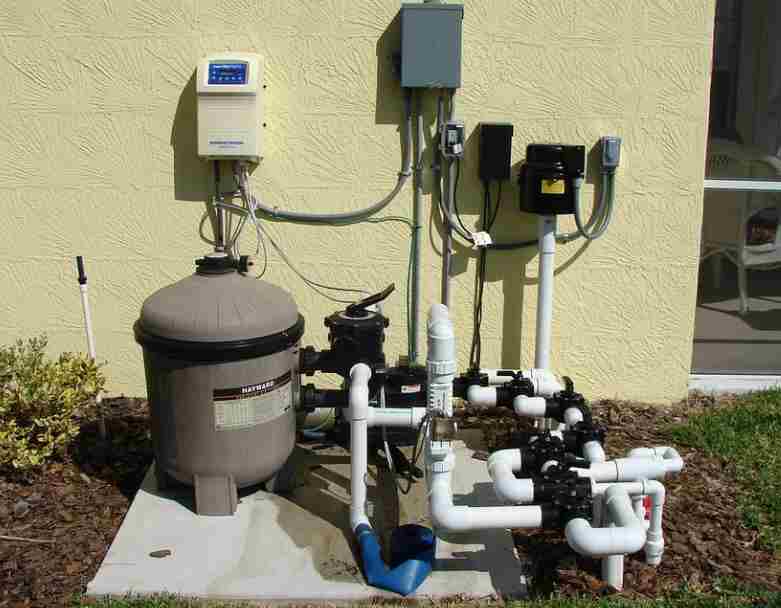What is a sump pump? This is a common question many homeowners ask when they have a basement. A sump pump is a type of pump that’s used to remove water from the basement. It’s usually installed in the event of a flood or other issue that can collect water from the floor. It will funnel it from the perimeter drains and send it outside.
Although a home’s electrical system is typically the main source of power for a sump pump, some models have batteries that can be used to supplement the system. This method eliminates the need for electricity when used with pressurized water.
Contents
Maintaining Your Sump Pump
Having a backup system in place is important to ensure that your sump pump is always running properly. In the event of an outage, a battery backup will help minimize the risk of overflow. Allow a reputable company like ‘58 Foundations to ensure you never go without your sump pump when your basement needs it most.
Common Mistakes Made With Sump Pumps
1. Allowing Debris To Get Into The Pump
Make sure the sump pump does not sit on anything that has loose or small-sized pebbles or gravel in it. This can cause the pump to get clogged if the gravel or pebbles get into it. Always use large gravel and rocks that will not enter your lines.
2. Float Switch Issues
When the water level gets too low, your sump pump’s float switch will tell the pump to stop. If your pump gets clogged, the float will not work properly and your motor can burn out.
3. Check Valve Issues
A check valve is a component that helps prevent water from flowing backward into a sump pump. Make sure the arrow on the valve is pointing away from the pump.
4. Not Testing System
There are three levels of need for a sump pump. The first is when the pump is constantly running, while the second and third levels are when it only runs when needed. Aside from being regularly tested, your system should also be tested at least once a year. Pour water into a 5-gallon bucket. Once the water level has reached a certain point, the pump should automatically shut off.
5. Not Repairing Broken Discharge Pipes
The main reason why a broken discharge pipe needs to be fixed quickly is that it can occur underground. It will be almost impossible to know there is a problem until your basement is already flooding. This is why you always need to check your discharge pipes for problems.
6. Unplugged Sump Pump
This may seem like an easy thing to remember, but it happens more than you would think. If someone needs the outlet your pump is plugged into, they may forget to plug the pump back in when they are done. This can be unfortunate when your pump needs to be running.
7. Failure To Fix Loose Wires
Having loose or faulty wires is a simple step that should be part of your regular system maintenance. When checking the wiring, first turn off the power to the pump. Then, disconnect the pump and inspect for loose wires.
These are some of the more common mistakes homeowners make when taking care of their sump pump. It is an important piece of equipment that needs to be working properly to help keep your basement from flooding.
